May 17, 2001
Baghdad’s large central mosque.
The courtyard of Baghdad’s central mosque.
Today was our day of sightseeing. We hired two cars to take us on a quick highlight tour of Baghdad. First stop was the large central mosque. Mosques here have a different architectural and aesthetic sense from the ones we have seen. The exteriors are decorated in elaborate mosaics, unlike the monochromatic Arabesque domes of Palestine. This particular mosque is elaborately decorated in gold and silver. Elizabeth and the other women in our group rented long black abeyyas, and though we were not allowed into the mosque itself, we could enter the expansive courtyard.
A boat ride across the Tigris River.
Conference Center damage from American bombs during the Gulf War.
We then took a boat ride across the Tigris River and wandered through several museums, including the Baghdad folklore museum. There we learned, among other things, that circumcisions were traditionally performed (on boys aged between 7 and 12 years!) by the town barber (turns out Marthame wasn't offered the full treatment at the "Airdressing Saloon"). We also went to the Ministry of Information museum which has extensive pictures and dioramas of the "collateral damage" of 1991: radio stations, hospitals, schools, churches, mosques. One photo was of the conference center where our opening session had taken place.
Old cars are par for the course around here.
We then visited the al-Mustansiriya school, completed in 1234, which offered Arabic, medicine, arithmetics, and theology. The cars of Iraq are a sight to see too. Most of them are old because of the sanctions (reports are that 1 million cars are ready for import once the sanctions are lifted), and not a single one has a windshield intact. Cars from 1990 are among some of the finest on the road.
Ancient crafts still practices in the souq.
A gift to Saddam Hussein from the 1998 Super Bowl champs.
We left our car behind and took off on foot, visiting the area of the souq (market) where coppersmiths beat beautiful patterns in copper plates, tables, etc. The Baghdad clock museum houses many of the Presidential gifts that Hussein has received over his 22 years as president, including a bejeweled spur from Ronald Reagan in 1987 and an autographed football from the New York Giants in 1998.
Our final stop before lunch was the Saddam Hussein Tower, which has splendid views of Baghdad. Unfortunately, cameras are not allowed as it also overlooks one of the President's 67 palaces across Iraq. The nation is very sensitive about which pictures you can take, even if their President doesn't seem to be sensitive about the excessive nature of 67 presidential palaces in an economically-crippled nation.
The ruins of the ancient Mar Toma church.
Lush farming.
The first-class buses took off again to visit one of Iraq's holy sites, the ruins of Mar Toma church and monastery - claimed to be built originally in the 1st century. Very little remains of it, and little work has been done on its restoration, but the views of the countryside on our journey there and back were worth the time - spectacular views of the Tigris; lush, green farmland - not surprising for the place where farming first began.
A dove resting above a dove at the Chaldean Catholic Church.
We then gathered for worship at the Chaldean Catholic church, where doves were released as a sign of a hope for peace. One, at least, seemed to find an appropriate resting place. The passing of the peace was particularly moving, as the Iraqis with whom we sat greeted us with tears in their eyes, pleading, "Please pray for us." People vigorously waved across the church at one another.
Live music back at the hotel.
We returned to the hotel to relax by the pool and listen to some traditional music. Apparently the toilet paper is only delivered upon check-in.











